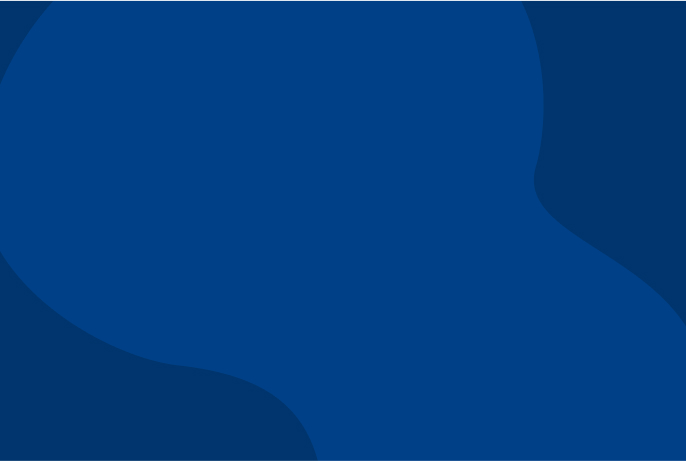Pulling the Plug: The Islamic Perspectives on End-of-Life Care
Guest author Maryam Sultan presents information to enhance the experience of the Muslim patient receiving treatment and the healthcare professionals providing care by facilitating an understanding of Islam’s teachings on medical treatment and end-of-life care.
Published: November 13, 2017 •Safar 24, 1439
Updated: July 22, 2024 •Muharram 16, 1446
Author: Maryam Sultan
بِسْمِ اللهِ الرَّحْمٰنِ الرَّحِيْمِ
In the name of God, the Most Gracious, the Most Merciful.
Abstract
Background
Cultural Competency
Life, Death, and Illness in an Islamic Spiritual Framework
Islamic Law and Medicine
A bedouin asked the Prophet Muhammad: ‘Should we not treat sickness?’ He replied: ‘Treat sickness, for God has not created any disease except that He has also created its cure, except for one disease.’ Those around the Prophet asked, ‘O Messenger of God, what is [that one disease]?’ He said: ‘Aging.’
Current State
Sources
Findings
Medical Treatment
- cases in which refraining from medical treatment will lead to significant harm to the patient and/or one of his/her organs, as determined by the physician in consultation with the patient. In the case of an emergency situation that meets this criterion, the consent of the patient or his/her proxy is not needed for treatment. Consent is necessary in non-emergent cases;
- cases in which refraining from medical treatment will lead to long-term handicap;
- cases in which the patient’s disease may be transmitted to others and result in significant harm to them and/or to society, as determined by the physician.
Life-Sustaining Measures
It is permissible to turn off the life support systems of a patient whose brain has completely stopped functioning on condition that a committee of three specialized expert doctors decides that the cessation is final and irrecoverable. Such permissibility is valid even if the heart and respiratory systems are still functioning mechanically due to the life support systems. However, the legal judgment of death is not declared until it is assured that the heart and respirations have fully stopped after turning off all the life support systems.
Concluding Remarks
Notes
1 The Joint Commission. Advancing Effective Communication, Cultural Competence, and Patient- and Family-Centered Care: A Roadmap for Hospitals. Oakbrook Terrace, IL: The Joint Commission, 2010. http://www.jointcommission.org/assets/1/6/aroadmapforhospitalsfinalversion727.pdf
2 Bernard M, Strasser F, Gamondi C, Braunschweig G, Forster M, Kaspers-Elekes K, Veri SW, Borasio GD, the SMILE consortium team, Relationship between spirituality, meaning in life, psychological distress, wish for hastened death, and their influence on quality of life in palliative care patients. Journal of Pain and Symptom Management (2017), doi: 10.1016/j.jpainsymman.2017.07.019.
3 The Quran. Oxford World’s Classics Ed. New York, NY: Oxford University Press; 2004: 51:56. http://islam24hours.yolasite.com/resources/Quran-Abdel-Haleem-Translation.pdf. Accessed: November 22, 2013.
4 Kamali MH. Maqasid al-Shariah Made Simple. Kuala Lumpur, Malaysia: International Institute of Advanced Islamic Studies; 2008:3-7.
5 Kamali MH. Qawa’id al-Fiqh: The Legal Maxims of Islamic Law. High Wycombe, England: The Association of Muslim Lawyers; 2006:3-4.
6 Tirmidhi MI. Sunan Al-Tirmidhī. [English Translation]. Houston, TX: Dar-us-salam; 2007: 4/383, no. 1961, 1965.
7 The Quran. Oxford World’s Classics Ed. New York, NY: Oxford University Press; 2004: 5:32:p.71. http://islam24hours.yolasite.com/resources/Quran-Abdel-Haleem- Translation.pdf. Accessed: November 22, 2013.
8 McCann RM, Hall, J, Groth-Juncker, A. Comfort care for terminally ill patients: the appropriate use of nutrition and hydration. JAMA. 1994;272:1263–1266. doi:10.1001/jama.1994.03520160047041.
9 A.S.P.E.N Ethics Position Paper Task Force, Barrocas A, Geppert C, Durfee SM, Maillet JO, Monturo C, Mueller C, Stratton K, Valentine C, American Society for Parenteral and Enteral Nutrition. American Society for Parenteral and Enteral Nutrition (ASPEN) Ethics Position Paper. Nutr Clin Pract. 2010;25:672–679. doi: 10.1177/0884533610385429.
10 Brody H, Hermer LD, Scott LD, Grumbles LL, Kutac JE, McCammon SD. Artificial Nutrition and Hydration: The Evolution of Ethics, Evidence, and Policy. J Gen Intern Med 2011; 26(9):1053-8.doi: 10.1007/s11606-011-1659-z.
11 Islamic Fiqh Assembly of the Organization of the Islamic Conference (OIC). Decision Number: 67(7/5). Jeddah, Kingdom of Saudi Arabia: May 9th-14th, 1992.
12 Islamic Fiqh Assembly of the Muslim World League. Decision Number: 10(2). Makkah, Kingdom of Saudi Arabia: Oct 17th-21st, 1987.
13 Kudsk, KA. Importance of enteral feeding in maintaining gut integrity. Tech in Enteral Access. 2001;3(1): 2-8. http://www.sciencedirect.com/science/article/pii/S1096288301800188. Accessed: December 9, 2013.
14 Beyer PL. Complications of Enteral Nutrition. In: Matarese, L, Gottschlich M eds. Contemporary Nutrition Support Practice: A Clinical Guide. Philadelphia, PA: Saunders; 2003:215-226.
15 The Quran. Oxford World’s Classics Ed. New York, NY: Oxford University Press; 2004: 4:29:p.71. http://islam24hours.yolasite.com/resources/Quran-Abdel-Haleem- Translation.pdf. Accessed: August 28, 2017.
16 Al-Haj, Hatem. The Impact of Medical Advancements on Religious Edicts and Judgeship. [dissertation, Arabic]. Tripoli, Lebanon: al-Jinan University; 2008. p.103.
17 Cuccurullo, SJ. Physical Medicine and Rehabilitation Board Review, 2nd Edition. Edison, NJ: Demos Medical Publishing; 2010. 55-56.
18 American Academy of Neurology Guidelines for Brain Death Determination. University of Miami Health System: Miller School of Medicine. Available: http://surgery.med.miami.edu/laora/clinical-operations/brain-death-diagnosis. Accessed August 22, 2017.
19 Islamic Fiqh Assembly of the Muslim World League. Decision Number: 10/2. Makkah, Kingdom of Saudi Arabia: Oct 17th-21st, 1987.
20 Hagihara, et al. Prehospital Epinephrine Use and Survival Among Patients With Out-of Hospital Cardiac Arrest. JAMA. 2012;307(11):1161-1168.
21 Ehlenbach, et al. Epidemiologic Study of In-Hospital Cardiopulmonary Resuscitation in the Elderly. N Engl J Med 2009;361:22-31.
Feedback
We'd love to hear your thoughts on this paper!

